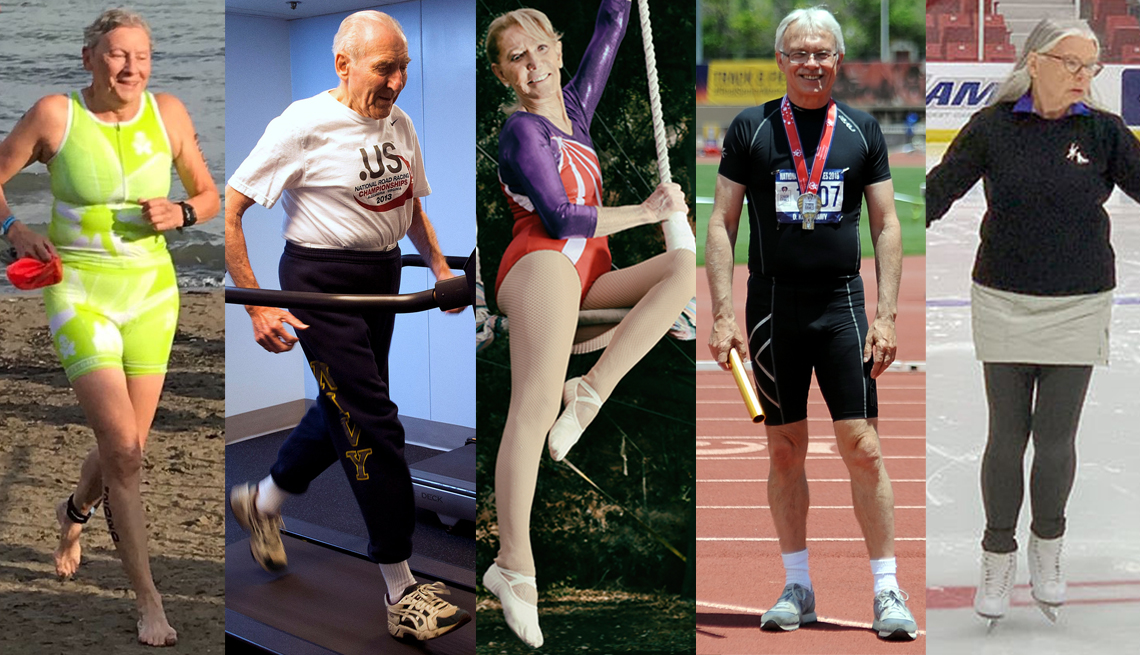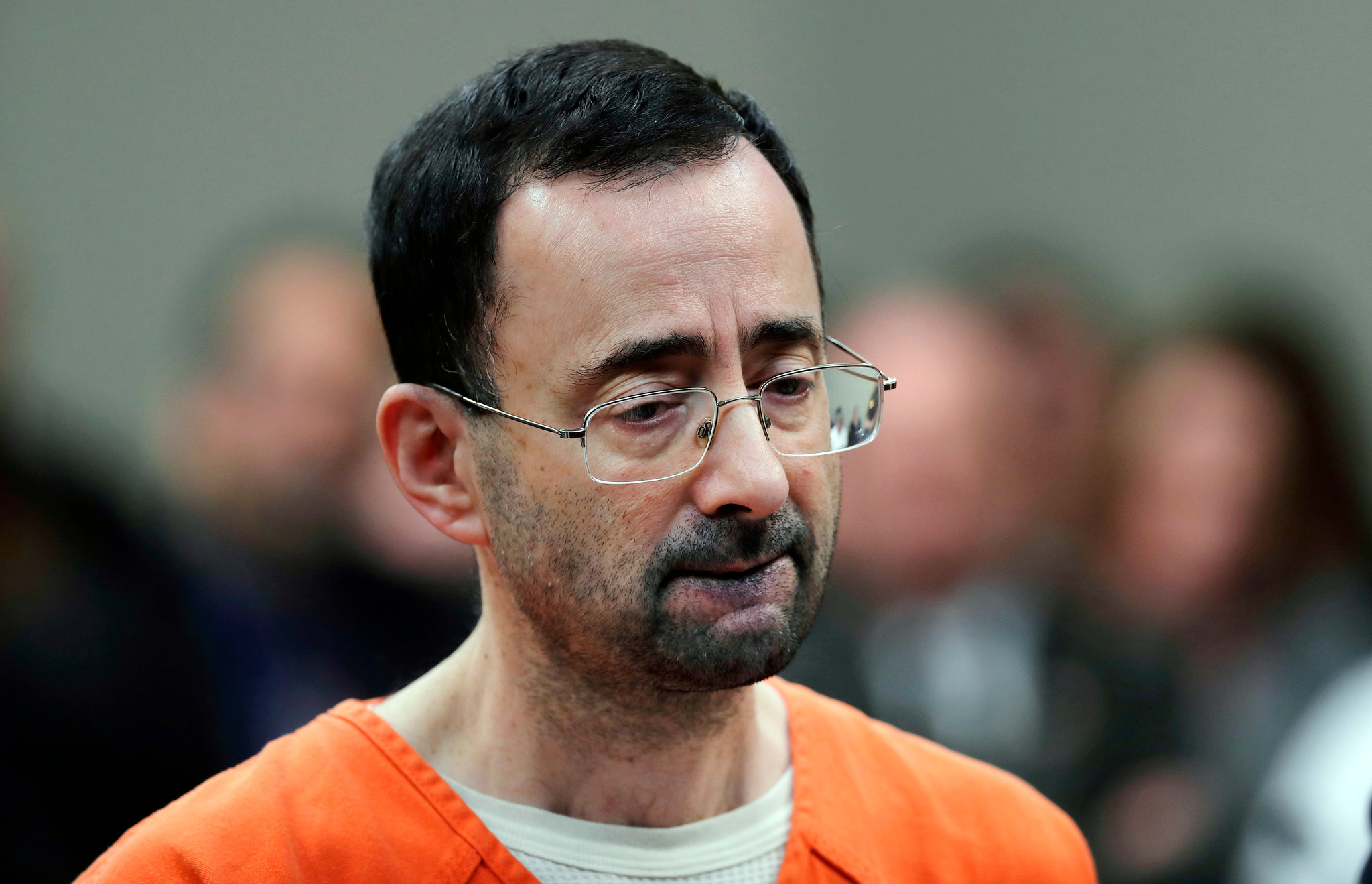Eighteen spectacular reversals in tennis history that changed the game forever
Tennis, a sport that's as much about mental fortitude as it is about physical prowess, has seen its fair share of spectacular reversals. These unexpected turnarounds have not only altered the course of matches but also left indelible marks on the history of the sport. This article explores eighteen such spectacular reversals in tennis history that have changed the game forever. Each one of these events is a testament to the unpredictability and excitement that tennis brings, and their impacts are still felt in the world of tennis today.
Suzanne Lenglen's 1919 Wimbledon Victory

In 1919, French player Suzanne Lenglen turned the tide against seven-time Wimbledon champion Dorothea Douglass Lambert Chambers. Lenglen, a rising star, was down 4-1 in the second set but staged a remarkable comeback to win the match. This victory marked a shift in women's tennis, ushering in a new era of aggressive and athletic play.
Don Budge Completes the First Calendar Grand Slam
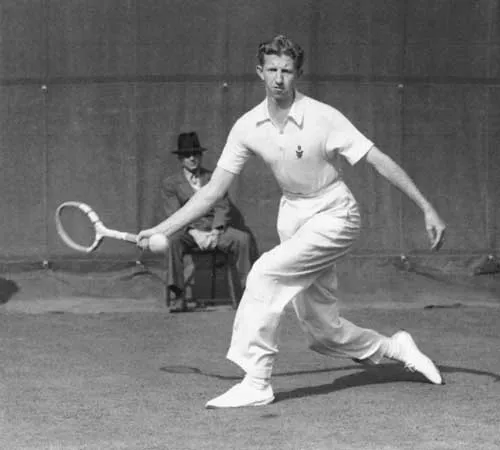
Don Budge's spectacular reversal came in 1938 when he became the first player to win all four Grand Slam tournaments in a single year. His aggressive play and unique backhand forever changed the game, inspiring future generations to push the boundaries of what was possible in tennis.
Althea Gibson Breaks Racial Barriers
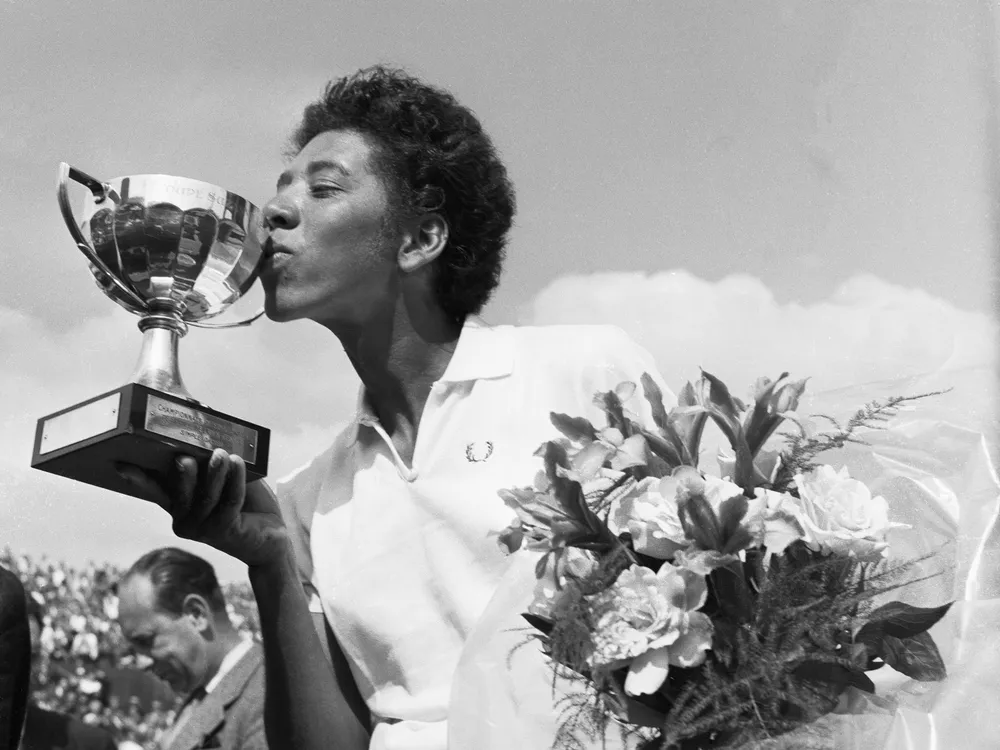
Althea Gibson's 1956 French Open victory marked a significant turnaround in tennis history. As the first African American to win a Grand Slam title, Gibson broke racial barriers and changed the face of tennis forever.
Rod Laver's Double Grand Slam
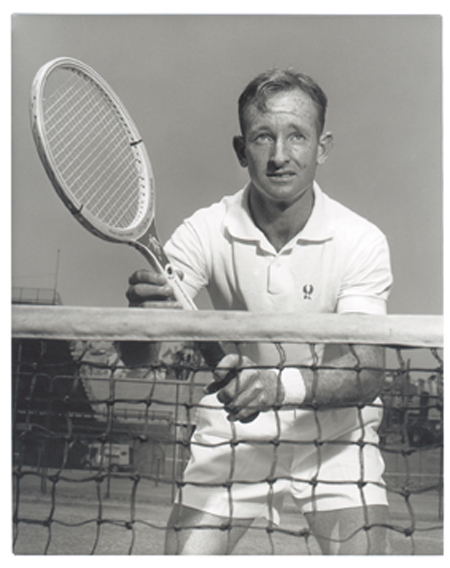
Rod Laver's achievement of winning two calendar Grand Slams, first in 1962 and then in 1969, was a spectacular reversal in tennis history. His accomplishment, still unmatched in the Open Era, changed perceptions about the sport and elevated the prestige of the Grand Slam tournaments.
Billie Jean King's "Battle of the Sexes

Billie Jean King's victory over Bobby Riggs in the "Battle of the Sexes" match in 1973 was a watershed moment for women's tennis. It marked a significant reversal in attitudes towards female athletes and played a crucial role in the push for gender equality in sports.
Bjorn Borg's Five Consecutive Wimbledon Titles

Bjorn Borg's five consecutive Wimbledon titles from 1976 to 1980 was a spectacular reversal in the history of the tournament. Borg's dominance on the grass courts changed the way the game was played and set a new standard for excellence in tennis.
John McEnroe's 1980 Wimbledon Final
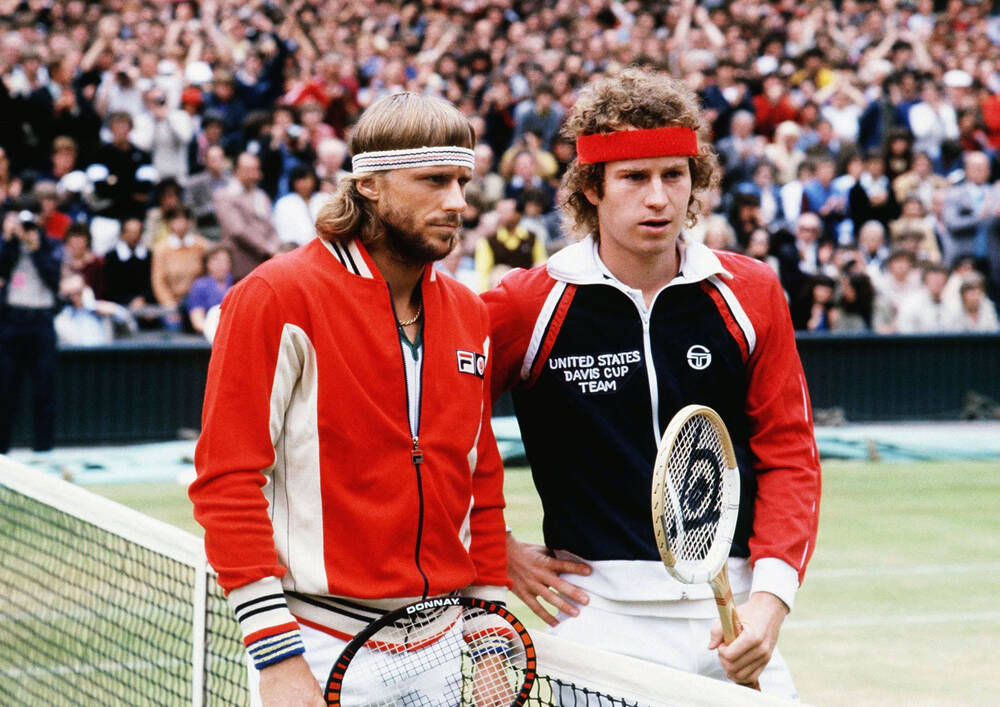
John McEnroe's epic comeback against Bjorn Borg in the 1980 Wimbledon final is one of the most memorable reversals in tennis history. Despite losing the match, McEnroe's tenacity and skill changed the perception of American tennis and set the stage for future stars.
Martina Navratilova's Dominance
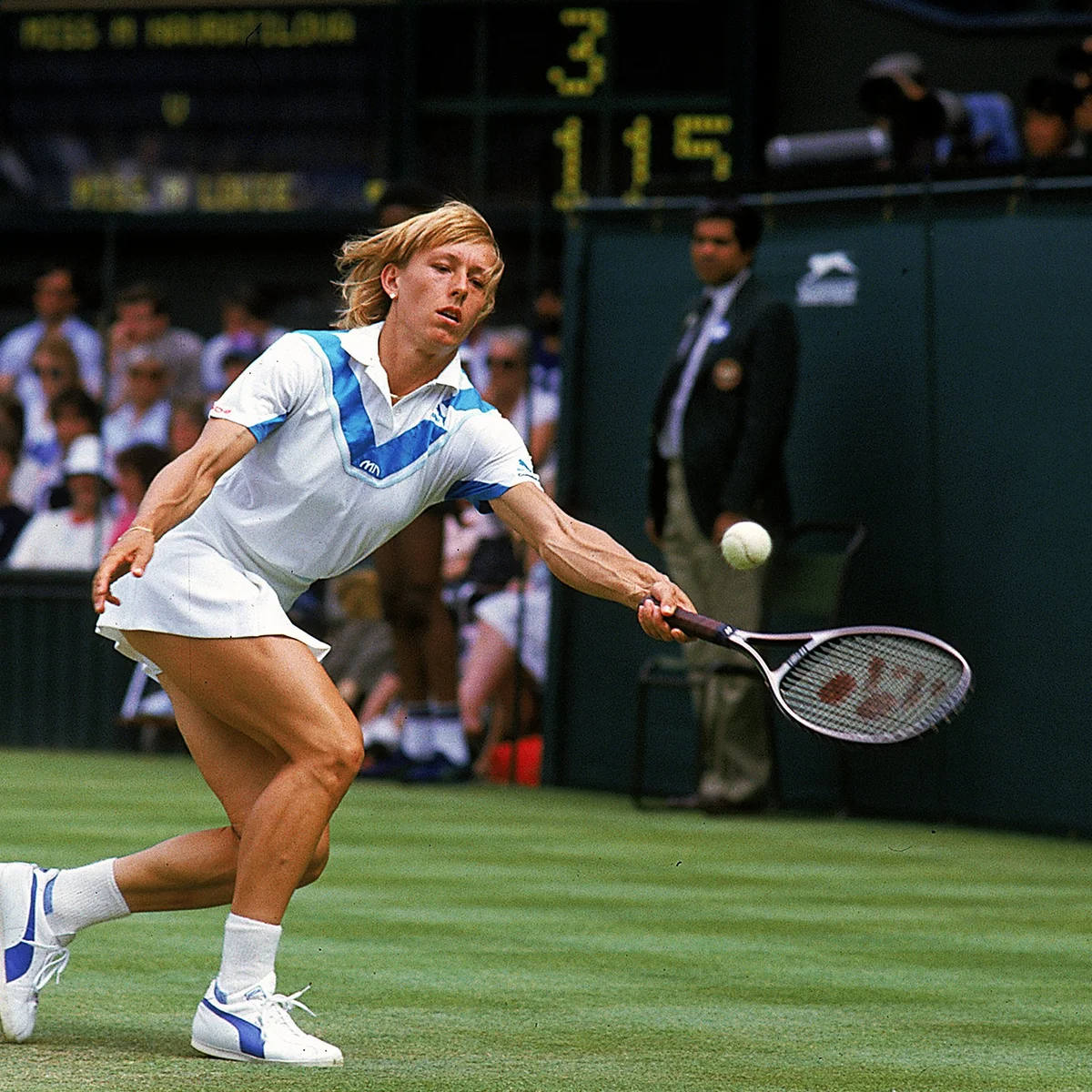
Martina Navratilova's dominance in the 1980s was a significant reversal in women's tennis. Her aggressive style of play and fitness regimen changed the way women's tennis was played and set a new benchmark for future generations.
Ivan Lendl's Influence on Fitness and Nutrition
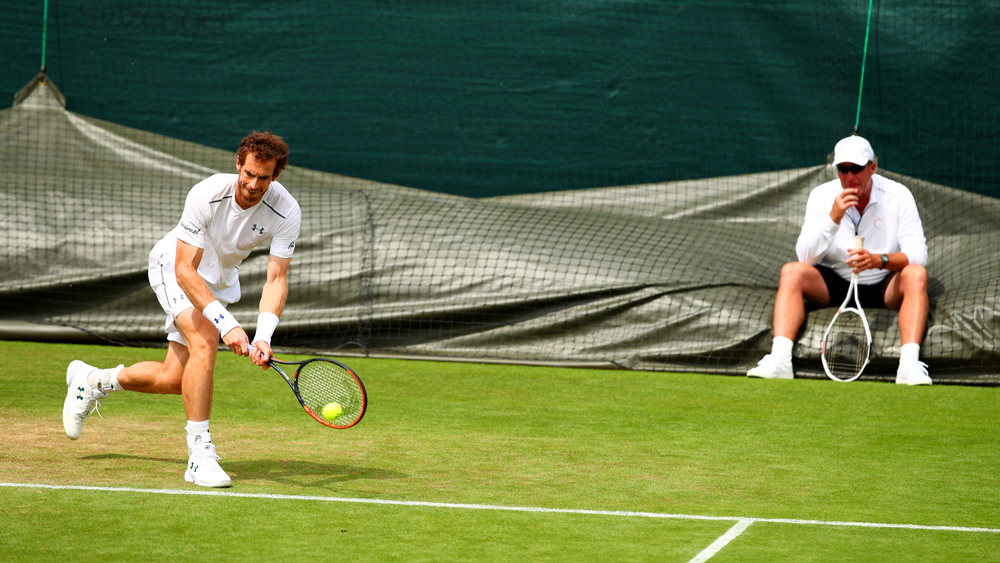
Ivan Lendl's emphasis on fitness and nutrition in the 1980s marked a significant shift in the sport. His meticulous preparation and focus on physical conditioning changed the way players approached the game, leading to a new era of professional tennis.
Monica Seles' Rise and Tragic Fall

Monica Seles' rise to prominence in the early 1990s was a spectacular reversal in women's tennis. Her powerful two-handed groundstrokes and aggressive play changed the game. However, her career was tragically cut short by an on-court attack, a dark moment that led to increased security measures in the sport.
Pete Sampras' Serve-and-Volley Mastery
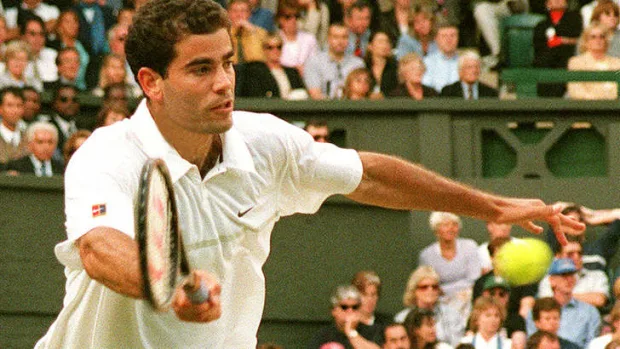
Pete Sampras' serve-and-volley style of play in the 1990s was a significant reversal in men's tennis. His dominance on fast courts changed the way players approached the game, leading to a shift towards more aggressive play.
Venus and Serena Williams' Impact

The emergence of Venus and Serena Williams in the late 1990s and early 2000s marked a significant shift in women's tennis. Their powerful serves and groundstrokes, coupled with their athleticism, changed the game and inspired a new generation of players.
Rafael Nadal's Clay Court Dominance

Rafael Nadal's dominance on clay courts since the mid-2000s has been a spectacular reversal in men's tennis. His unmatched success at the French Open has changed the way players approach clay court tennis, leading to a shift in tactics and training.
Roger Federer's Record-breaking Career
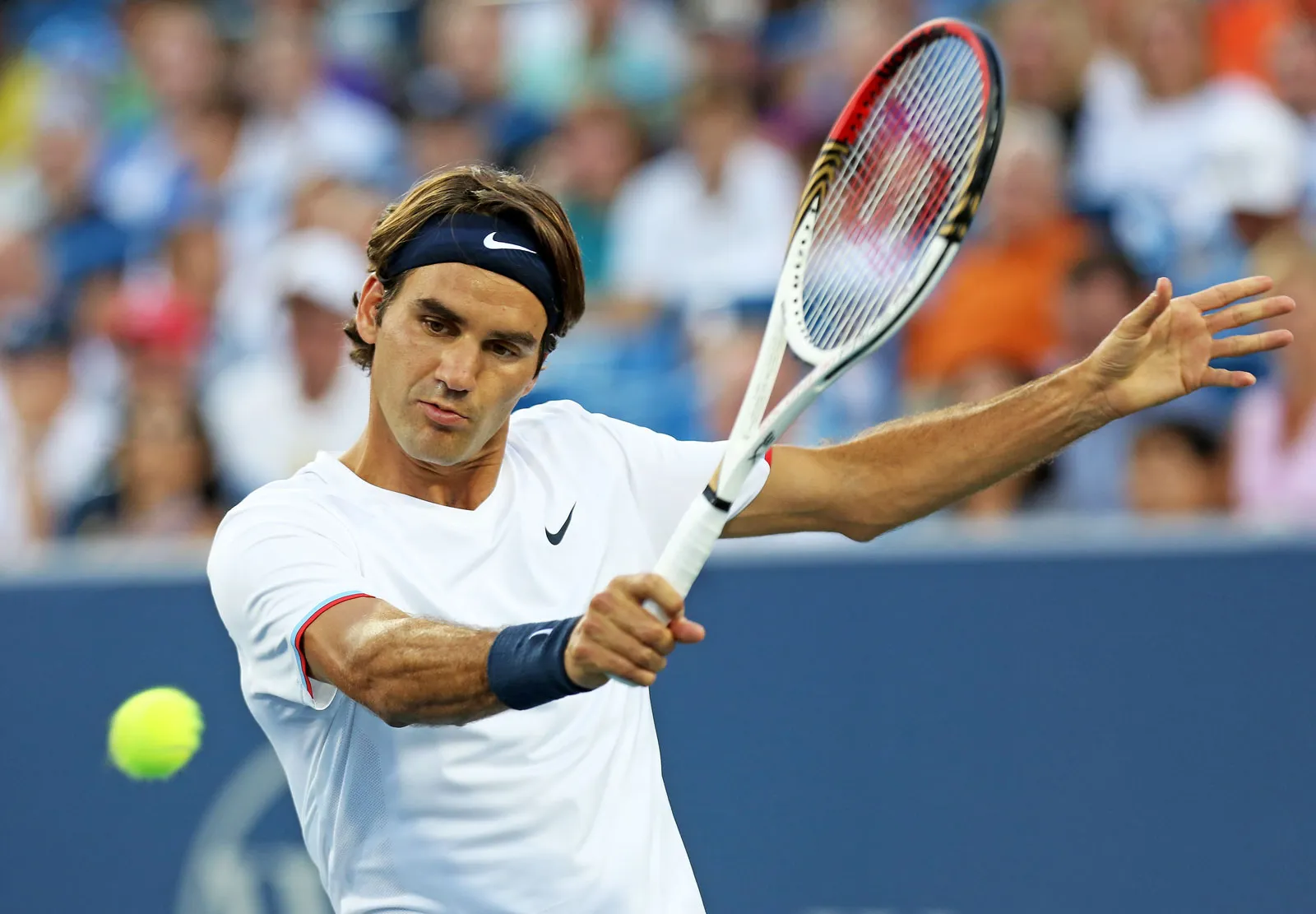
Roger Federer's record-breaking career has been a significant reversal in men's tennis. His graceful style of play, coupled with his unrivaled success, has changed the way the game is played and set new standards of excellence.
Novak Djokovic's Rise to Dominance
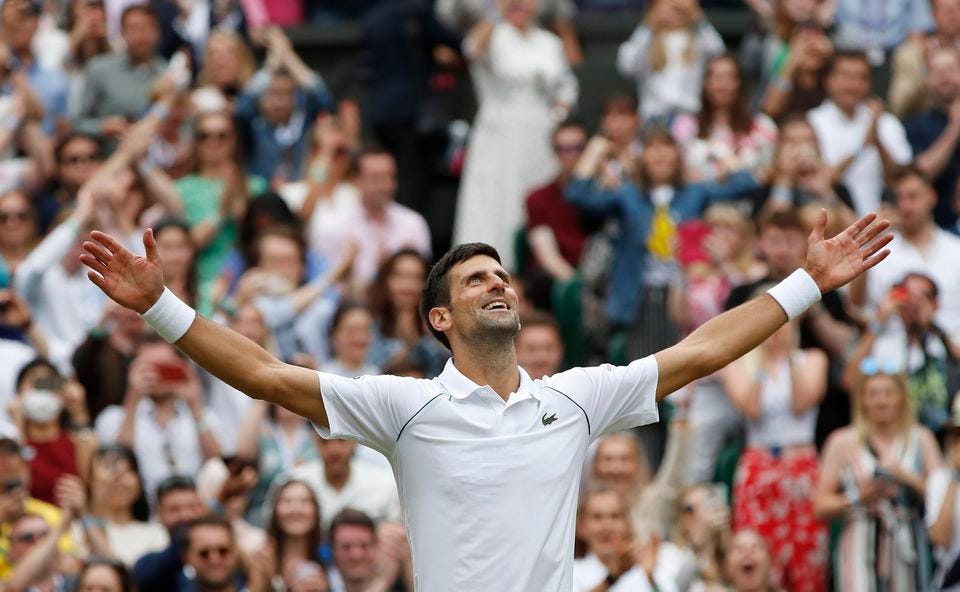
Novak Djokovic's rise to dominance in the 2010s marked a significant shift in men's tennis. His exceptional return of serve and physical fitness have changed the dynamics of the game, leading to a shift towards more defensive play.
Naomi Osaka's Emergence

Naomi Osaka's emergence in the late 2010s marked a significant shift in women's tennis. Her powerful groundstrokes and mental toughness have changed the game and inspired a new generation of players.
The Impact of Technology

The introduction of technology, such as Hawk-Eye and electronic line calling, has marked a significant reversal in tennis. These advancements have changed the way matches are officiated and have led to greater accuracy and fairness in the sport.
These eighteen spectacular reversals have not only changed the course of individual matches but have also left lasting impacts on the sport of tennis. They have influenced the way the game is played, the way players train, and the way matches are officiated. These moments, and the players who made them possible, have shaped the history of tennis and will continue to influence its future.




